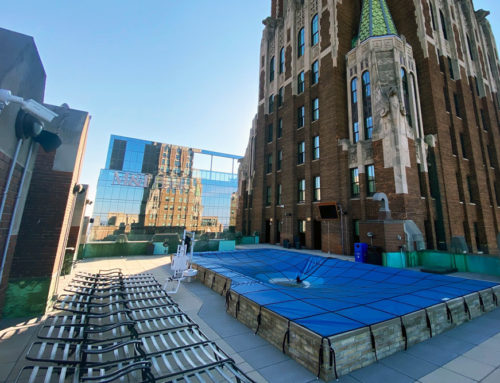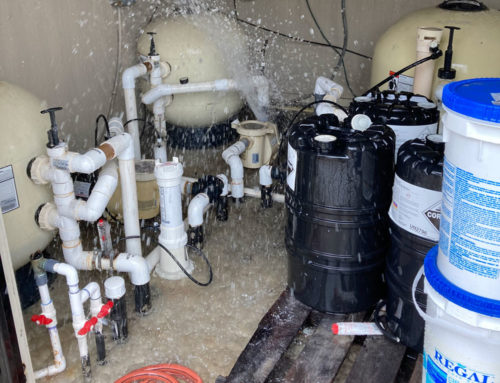When people think back to the first pool they swam in as a child, there are certain features that many facilities don’t have anymore. Maybe there were some toys to play with or a slide to go down, but the crown jewel of any pool for children was undoubtedly the diving board.
Springing into the air and splashing into the water produces a refreshing feeling unlike any other, but diving boards may actually be more trouble than they’re worth. Many pool managers across the country are calling construction crews or lashing on their tool belts to remove what many see are the dangers associated with diving boards. If you still have one of these at your facility, make sure that your patrons are aware of the risks.
What’s the toll of diving boards?
Drowning poses the most danger to swimmers at your facility, but if you have a diving board installed, you may be putting swimmers at risk of serious injury. ABC News reported that about 6,500 adolescents go to the emergency room each year for traumatic diving-related injuries. From 1990 to 2006, this number totaled 111,000 visits to the ER.
“That’s a really high injury rate,” Lara McKenzie, assistant professor at Ohio State University Medical School, told the news source. “This really suggests the need for increased prevention efforts to lower the risk of diving-related injuries.”
Determining where to start can be just as difficult as the entire process, though. When people think of tall diving boards, many jump to the conclusion that these are responsible for the majority of diving-related injuries. However, McKenzie explained that more than 80 percent of all dives that caused injury were off of diving boards no higher than 1.1 yards.
Can your pool host a diving board?
The first step in safely installing and allowing swimmers to use a diving board is to decide if your facility can even handle one. Diving boards need to be placed on diving pools, facilities that section their pools into varying water heights. Divers jump into the deep end, while other patrons can play around in the other two-thirds.
However, River, Pools and Spas explained that 80 percent of swimmers in your facility will stay in what’s known as the “play area” of the pool. The play area is wherever swimmers can stand with their heads above water. In a diving pool, this means that 4 out of 5 people will be crammed into the shallow end while the lone divers jump over and over again.
Installing a diving board on a pool with no deep end is setting your swimmers up for injury, but forcing the majority of your patrons into a small space doesn’t seem fair either. This may be a difficult decision for managers who are looking to spice up their pools with a touch of diving, but some facilities, such as those with flat bottoms, above-ground pools or frequent events, a diving board may be more trouble than it’s worth.
Avoid 3-meter diving stands
If you’re still set on purchasing a diving board for your pool, you may be tempted to go with one of the 3-meter varieties that allow patrons to climb a short ladder before diving for greater distance and velocity. While some pool managers may think that the 3-meter boards look more professional, facilities across the country are removing these diving platforms.
Aquatics International explained that the 3-meter diving board structures didn’t produce any more injuries than other diving platforms, but a disproportionate number of patrons – most of them young children – were slipping from the ladder or platform and falling to the ground instead of the water. Some models have safety railings that don’t extend all the way out over the pool, leaving some children to slip and fall to the pool deck below.
If you can get by without one, the safe bet seems to be avoiding diving boards. If you have a large, shallow pool, you shouldn’t be looking into diving boards anyway, unless you’re planning a massive pool construction project and need some new equipment to jazz the place up.





